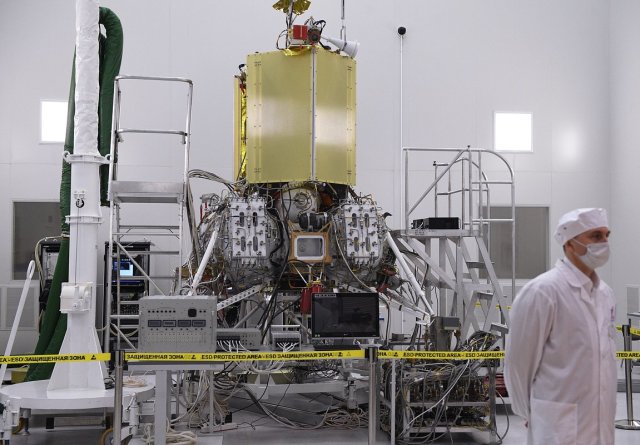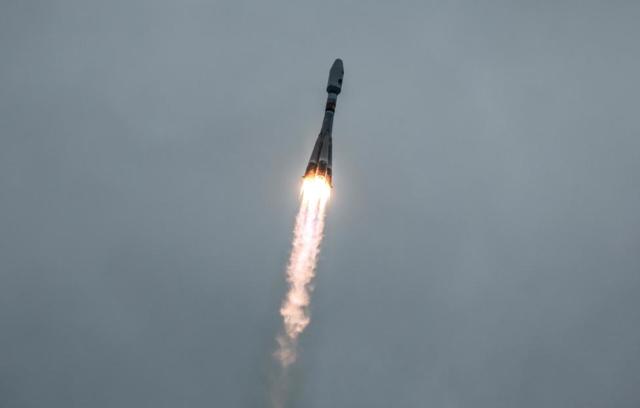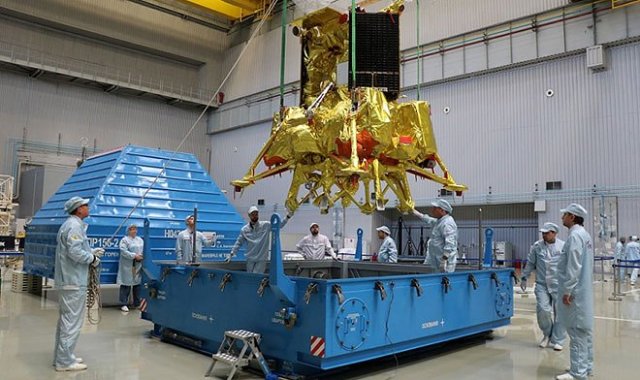The Russian automatic interplanetary station Luna-25 entered an uncountable orbit and collided with the surface of a natural satellite of the Earth. This was reported by Roscosmos with reference to the results of the preliminary analysis.
According to the state corporation, on August 19, at 14:10 Moscow time, in accordance with the Luna-25 flight program, an impulse was provided for the formation of its pre-landing elliptical orbit.
Roscosmos State Corporation
After the failed maneuver, the connection with the AMC was cut off at about 14:57 Moscow time. According to the state corporation, the attempts made on August 19 and 20 to find the device and get in touch with it were unsuccessful.
Roscosmos promised that a specially formed interdepartmental commission would investigate the circumstances and causes of the incident.
 |
| The moon is 25. |
| Source: Valery Melnikov / RIA Novosti |
Reports about the hard landing of Luna-25 on the network began to appear yesterday
According to Telegram channels, on the afternoon of August 19, Luna-25 was supposed to reduce from 100 to 18 kilometers periseleniy — the point of its orbit closest to the surface of the Earth's natural satellite, after which on Monday, August 21, from this height to make a soft landing on the Moon.
This led to the release of the AMS on an open trajectory of rotation around the Moon and a collision at a speed of 1.7 kilometers per second with the surface of the Earth's natural satellite.
Luna-25 is of great importance for the reputation of the Russian space industry
The Soviet Union, whose successor is Russia, last sent AMS to the moon about half a century ago. The successful implementation of the Luna-25 program would mean confirmation of Russia's prestigious status as a space power capable of sending guided spacecraft into deep space.
During the last Soviet lunar mission, called Luna-24, which took place in August 1976, samples of lunar soil were delivered to Earth from a satellite.
Luna-25 was supposed to make a soft landing on the satellite
One of the main tasks of the first Russian mission to a natural satellite of the Earth is to work out the technology of soft landing on the surface of another celestial body.
 |
| Launch of the Soyuz-2.1b launch vehicle with the Luna-25 automatic space station. |
| Source: Sergey Savostyanov/ TASS |
The lander of the station, launched on August 11 from the 1C complex of the Vostochny cosmodrome on a medium Soyuz-2.1b rocket with a Fregat upper stage, was supposed to land in the area of the Boguslavsky crater near the south pole of the Moon, probably rich in water ice deposits, and conduct research there on the properties and composition of the polar soil, measuring its mechanical characteristics.
One of the main scientific instruments of Luna-25 is a manipulator arm, with the help of which it was planned to deliver samples of lunar soil to a device for measuring the chemical, elemental and isotopic composition of regolith.
Russia plans to launch two more lunar missions this decade
In the 2020s, Russia should launch at least two more missions to the Earth's natural satellite — the orbital Luna-26 and the landing Luna-27. After them, Russian experts plan to send the Luna-28 spacecraft to the planet's satellite, which involves the delivery of lunar soil samples to Earth.
In addition to Russia, countries such as China, the USA and India are engaged in the study of the Earth's natural satellite. The latter will make its second attempt to descend to the surface of the moon in a few days. If successful, India will become the fourth country in the world, after the USSR, the USA and China, which managed to make a soft landing on the surface of the moon.

